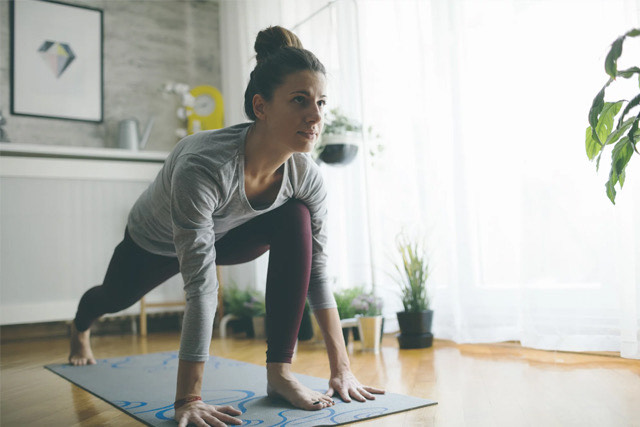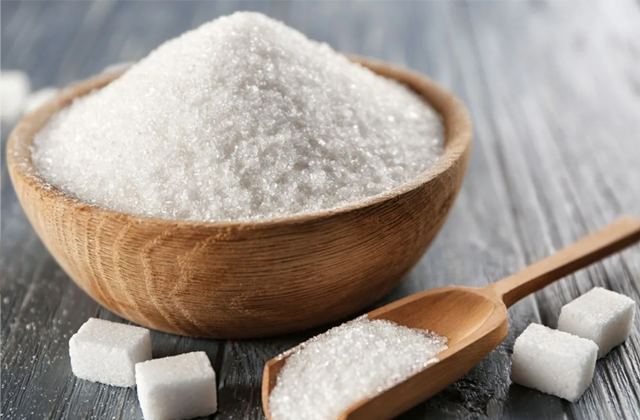A chest workout in the gym is a great way to strengthen your entire upper body. However, you cannot simply run to the benches and flyes without a proper warm-up routine at any cost. An appropriately designed warm-up routine sets your muscles ready for the tasks ahead, boosts the flow of blood, and also improves your range of motion. This is reflected in performance enhancement during the workout and lower injury risk.
The Warm-Up Formula
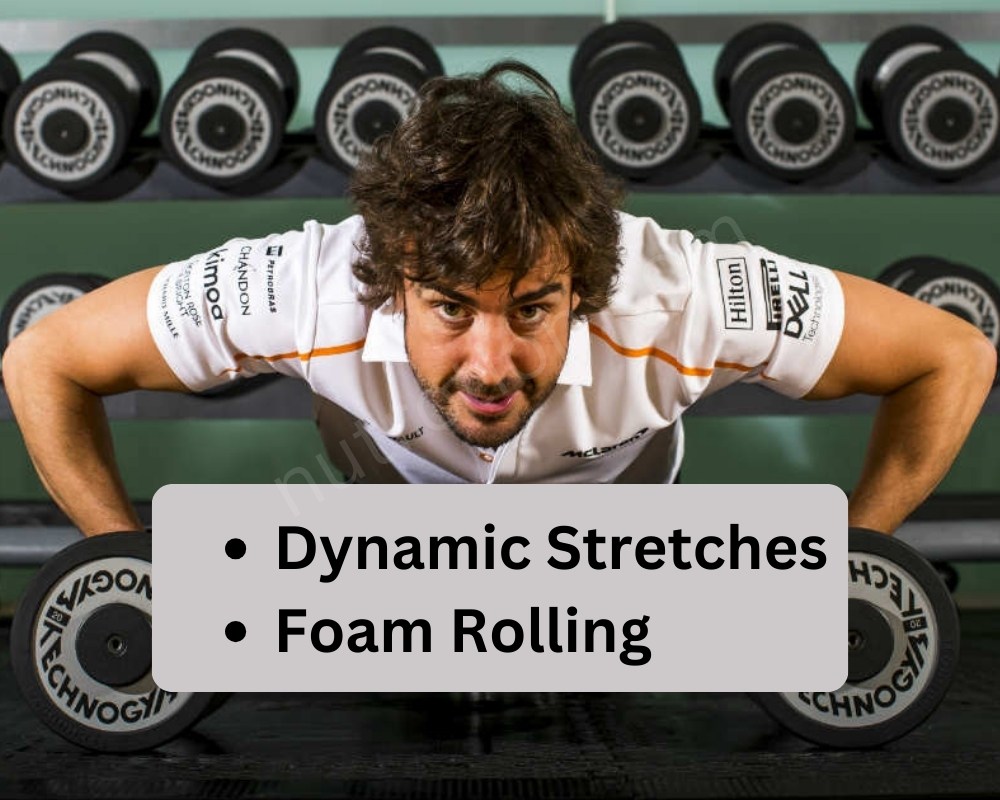
An effective chest warm-up should be a two-pronged attack:
- Dynamic Stretches: They consist of controlled exercises that resemble activities you will do during your training. They emphasize muscle strengthening and enhance blood circulation.
- Foam Rolling: This self-massage technique relaxes tight muscles and improves flexibility throughout the chest, shoulders, and upper back.
Top Warm-Up Exercises for Chest Day
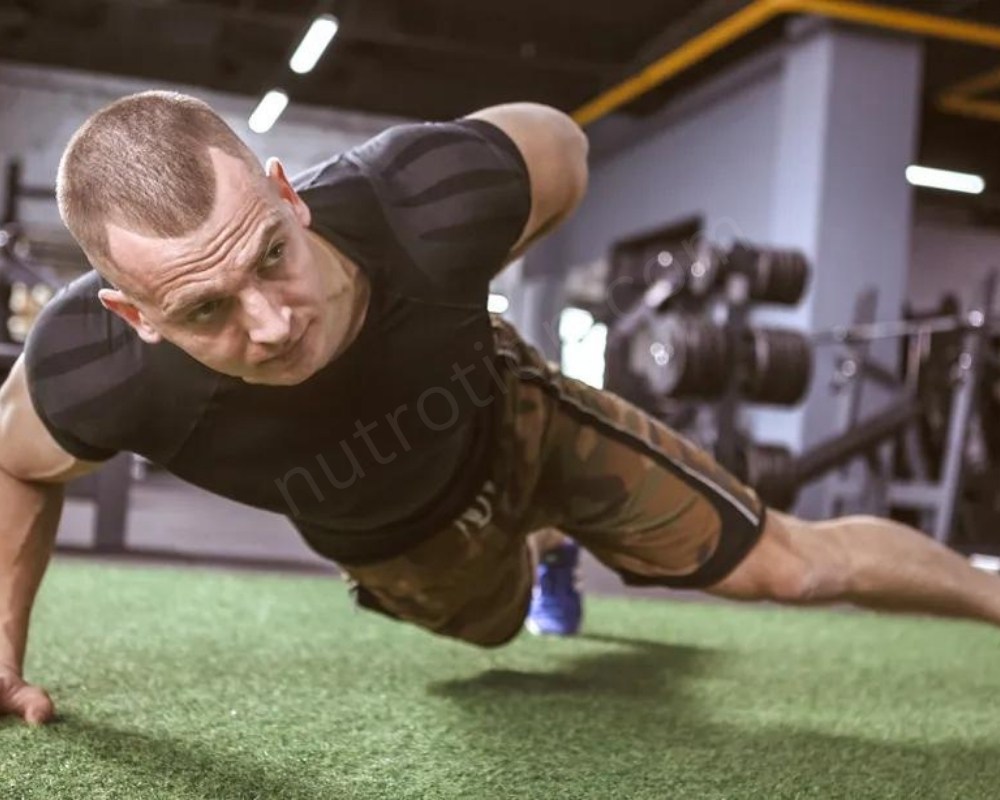
- Foam Rolling: Initiate your workout by spending a few minutes doing foam rolling on your chest, upper back, and shoulder muscles. Through that process, you can tackle any stiffness and broaden range of motion.
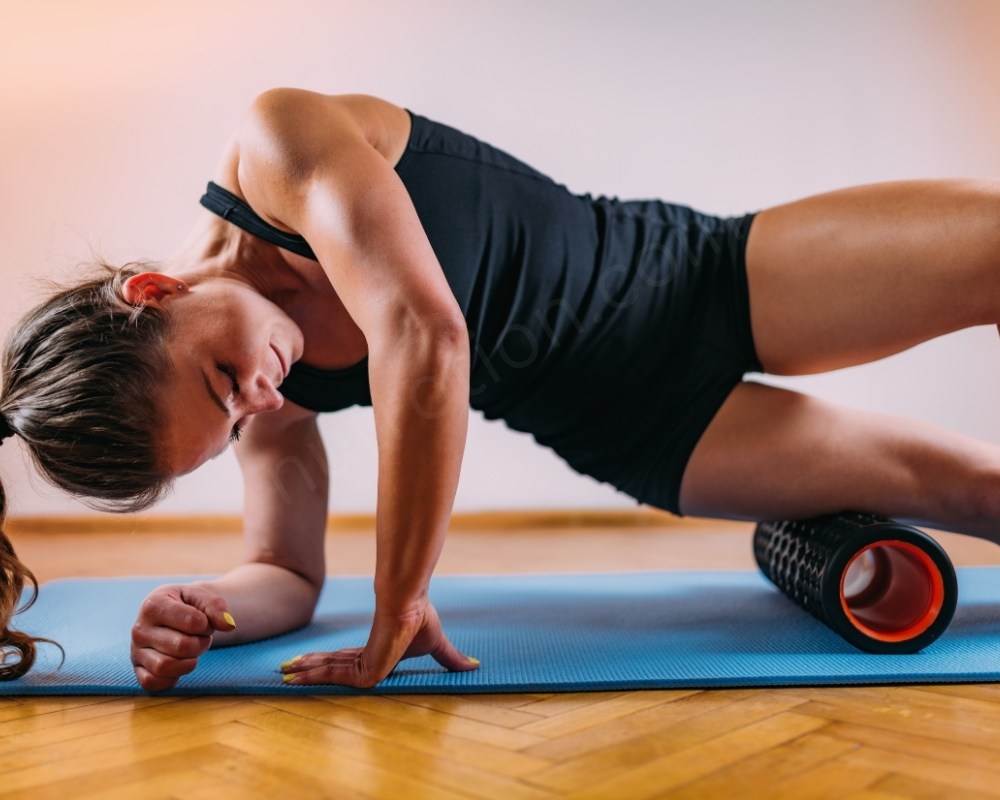
- Arm Circles: Practice forward and backward arm circles, making your range of motions bigger and bigger. Thus, your shoulders get loosened and ready for pressing activities.
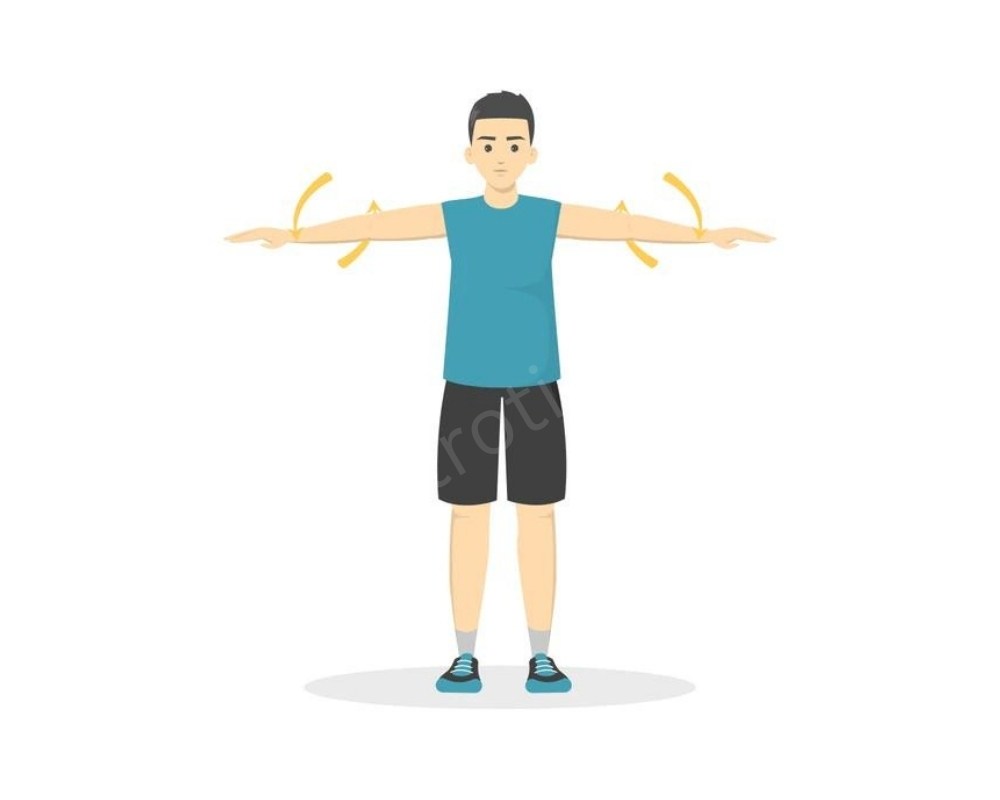
- 90-90 Arm Swings: Sit on the floor with your legs at 90 degrees and bend your knees. Lean back mildly and propel your hands up in a wide circle, keeping your stomach tight all the time. This expands the chest and the shoulders area.
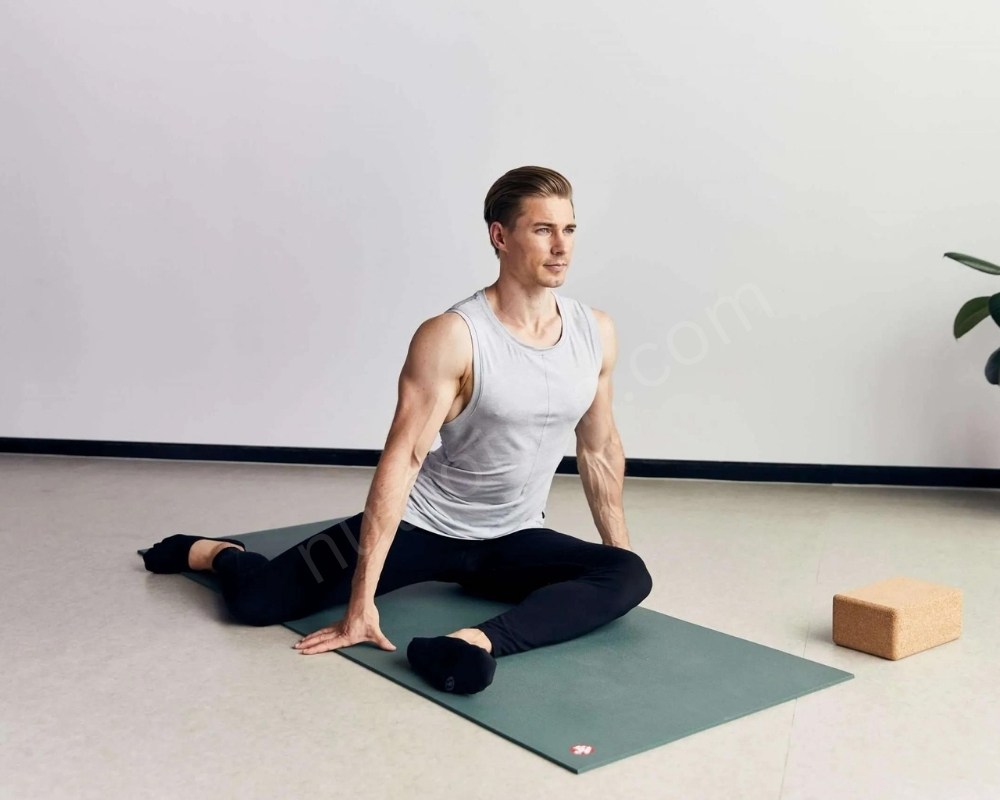
- Push-Ups : Push-ups are effective warm-up exercises for the chest. They concentrate on the same upper chest muscles as in the bench presses, which serve as one of the great methods to get your pecs prepared. If you cannot perform the full push-ups, try performing them on your knees or against a wall.
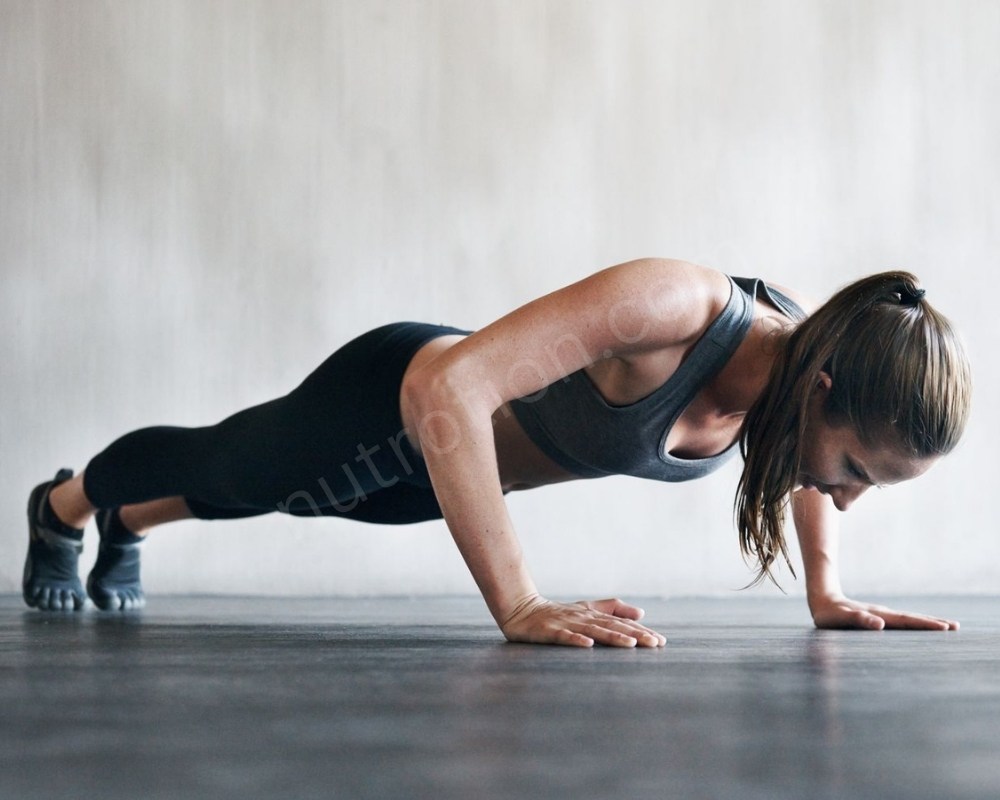
- Scapular Push-Ups: This exercise makes the shoulder stabilizers stronger, which in turn provides proper form to do chest exercises. Position your body in the high plank posture and try to clasp your shoulder blades by pinching them and then spreading them as well.

- Light Band Pull-Aparts: Using a resistance band, perform pull aparts by putting your arms near your sides to the beginning, and then pulling them together in front of you. This targets the upper back and the shoulders.

- Arm Circles with Internal and External Rotation: Perform arm circles forward and backward as regularly as possible, remembering to incorporate internal and external rotations at the shoulder joint. It strengthens the muscles of your rotator cuff, which are responsible for the mobility and stability of your shoulder joint, the two main factors for healthy shoulder function.
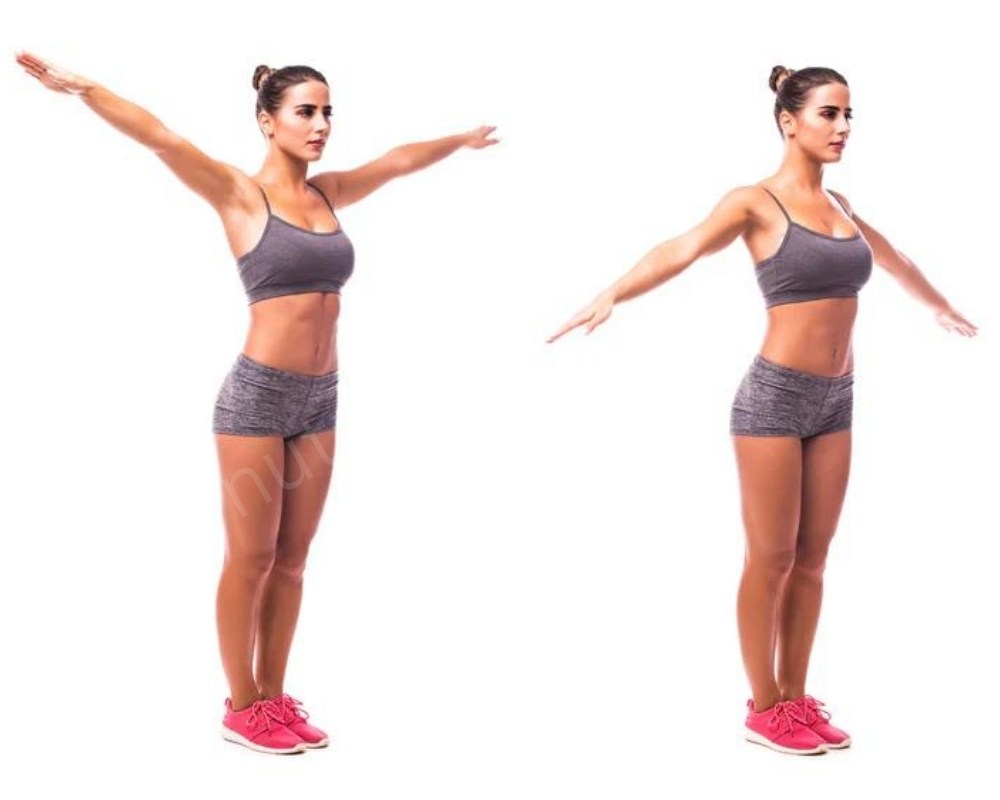
- Pendulum Swings: Stand a bit forward and drop one arm as if it were a pendulum. Gently swing your arm forward and backward in small circles, feeling the stretch in your shoulder joint. Repeat on the other side.
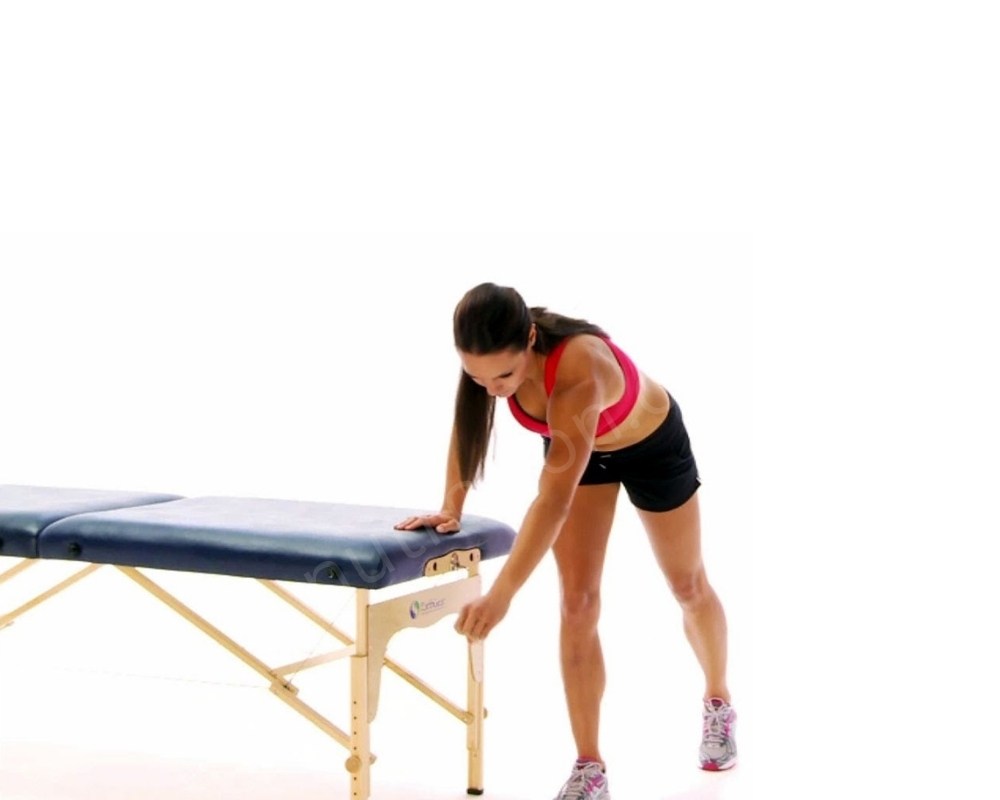
- Doorway Chest Opener: Stand in a doorway with your fists by the doorframe. Lean a bit forward and gently pass your chest through the opening, stretching your pectoral area. Hold for 15 to 30 seconds and then repeat.
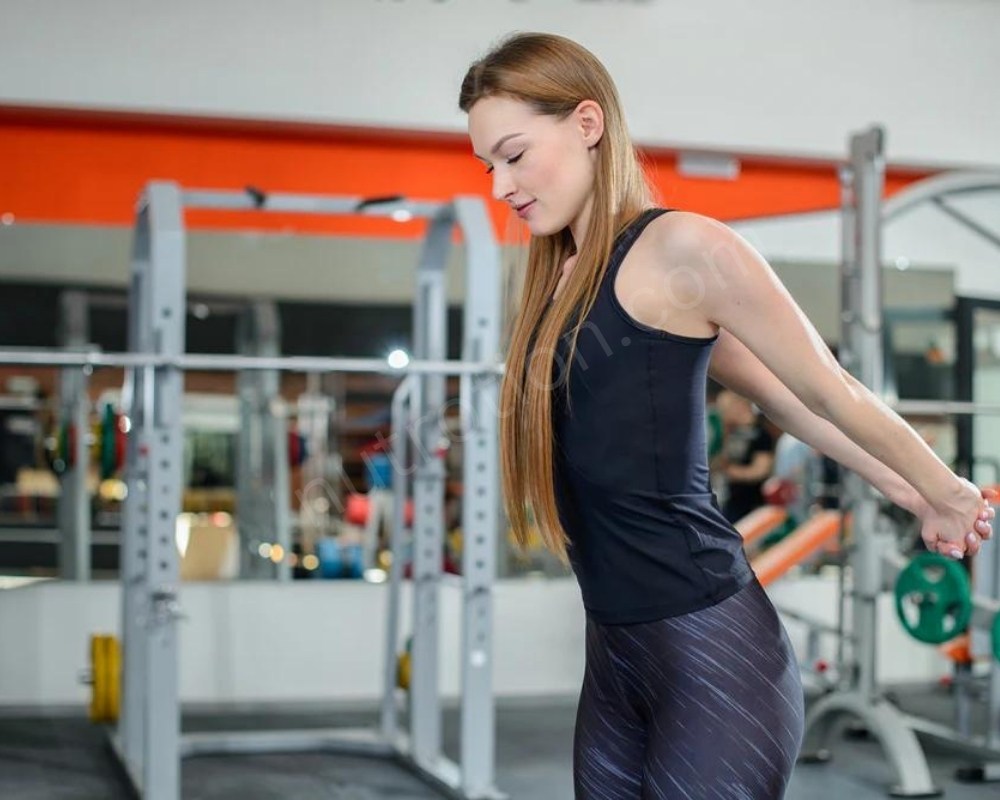
- Arm Wrings: A stand with arms outstretched to the sides and level with shoulders. Clasp together your fingers and then slowly rotate your palms outwards, thus stretching your chest. Change the motion to the opposite direction and rotate your palms inwardly. Repeat for several reps.
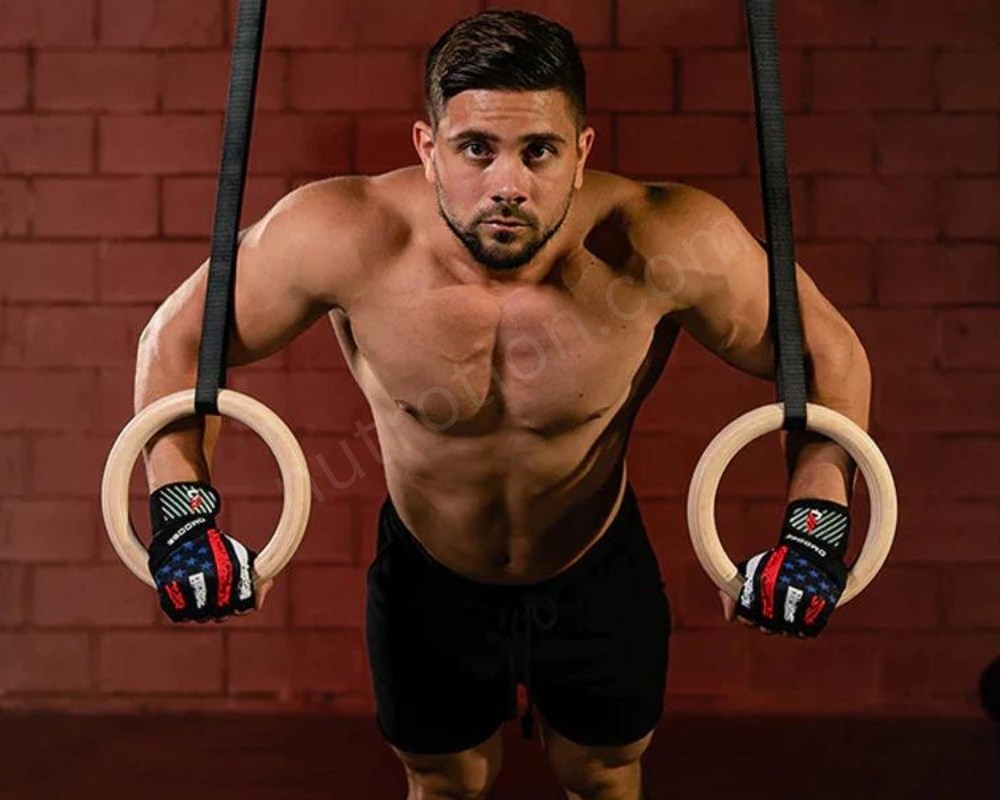
Do 2-3 sets of 8-12 repetitions for each exercise. Make sure you do not push yourself to the extreme and any discomfort during the warm-up should be avoided.
Advanced Warm-Up Techniques
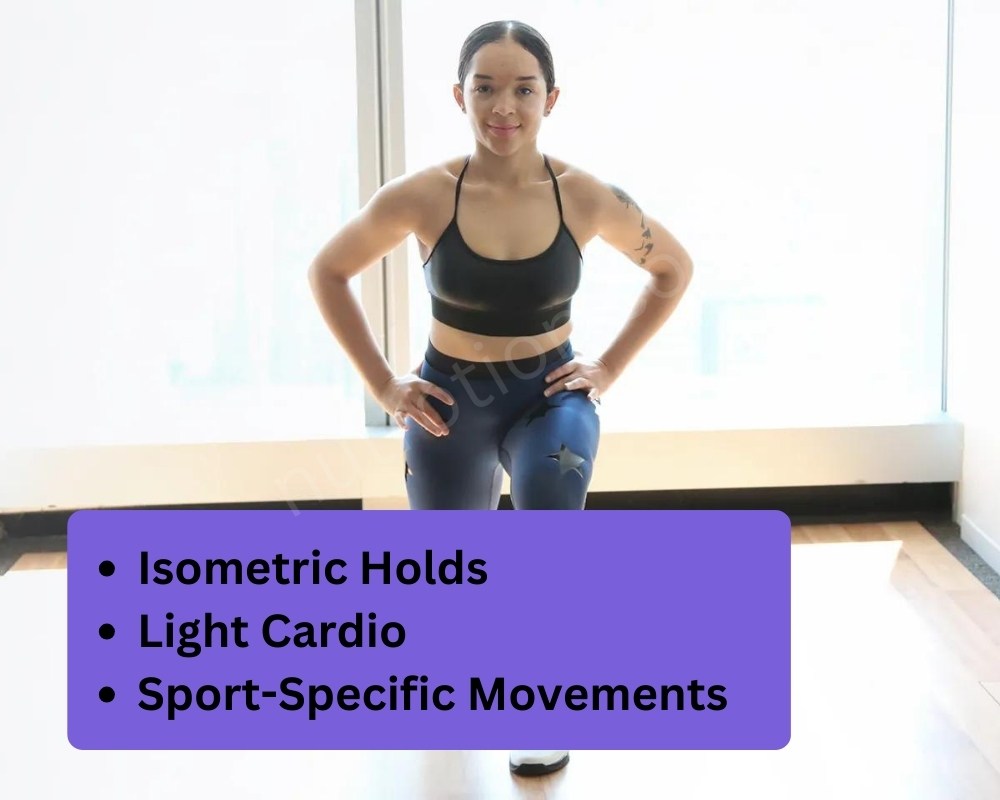
If you’re already pretty experienced at lifting weights, or if you want to step up your warm-up routine, try adding these extra techniques:
- Isometric Holds: Isometrics involve holding a static muscle contraction for a short duration. For your chest stretch up, you can do a high plank hold or a doorway chest stretch hold for 15 seconds each. This helps improve the core strength and stability, which are of utmost importance during the exercise for the chest.
- Light Cardio: Doing a quick session of light cardio, like jumping jacks or jump rope or jogging on the spot, can additionally raise your heart rate and circulation bringing your body to exercise intensity levels. Try to do it for 2-3 minutes with moderate intensity.
- Sport-Specific Movements: If your chest workout is a part of a wide training routine for some particular sport, try introducing some lightweight actions that resemble the sport’s characteristics. For example, a baseball player may alter the arm circle motion to make it similar to their throwing motion.
How Proper Breathing Makes a Difference?
Apart from these exercises, precise breathing during the warm-up activities is equally important. Breathe in deeply through your nose during the eccentric (lengthening) phase of each motion, and exhale powerfully through your mouth during the concentric (shortening) phase. This enables you to deliver oxygen to your active muscles and improve the effectiveness of the exercise as well.
Individualized Warm-Ups
It is essential to know that a proper warm-up should be personalized for your individual needs and fitness level. Pay close attention to your body signals and vary the level and duration of your warm-up exercises depending on how your body feels. If you feel pain during your warm-up, please stop the exercise and see a physician.
Incorporate these dynamic stretches, foam rolling, additional exercises, and the correct breathing technique into your workout, and your muscles will be ready for that perfect workout, minimizing the possibility of injury, thus allowing you to effectively utilize your chest workout.

